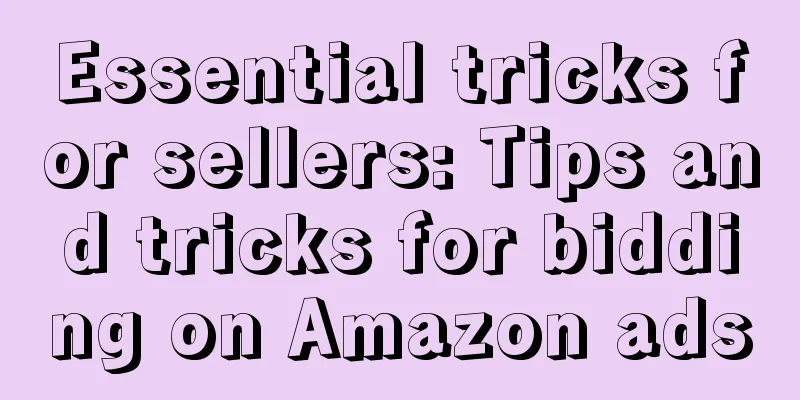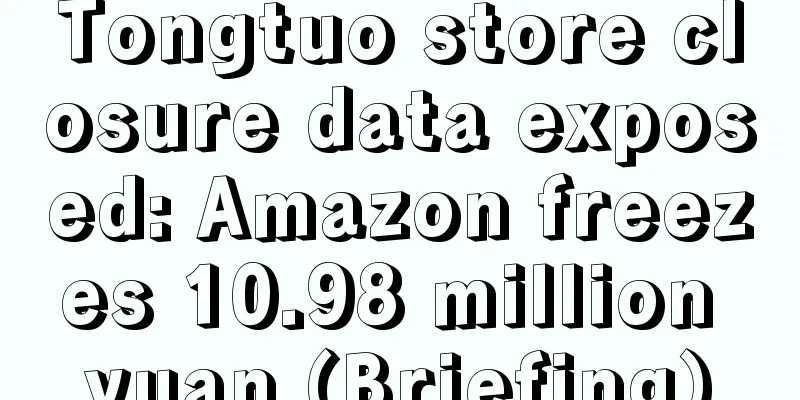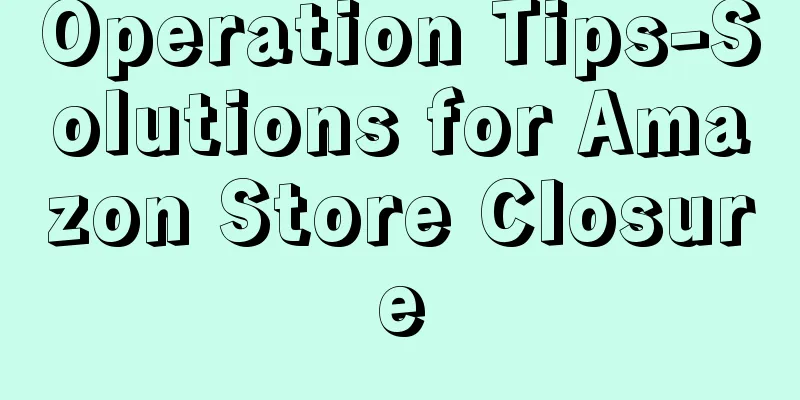Essential tricks for sellers: Tips and tricks for bidding on Amazon ads

|
When placing Amazon ads, sellers need to learn how to bid. Bidding is a basic course for Amazon sellers to bid on keywords, which affects the ranking and display position of the seller's ads on search results. Different display positions have different cost per click (CPC). A high bid can increase the conversion rate. Although the advertising expenditure increases, the higher the conversion rate, the lower the ACOS. Bidding patterns that sellers should avoid 1. Ignore optimization bidding If sellers want to gain benefits from bidding, they must optimize their bids. Many sellers ignore optimizing their bids and keep all ad bids the same without changing the bids. 2. Setting bids by guesswork When setting advertising bids, some sellers make bids based on their feelings, thinking that their sixth sense is very accurate. However, advertising bidding is not metaphysics and needs to be supported by data. 3. Bidding recklessly Bidding recklessly can cause your ads to cost too much. Just like guessing, bidding recklessly can hurt your ads’ performance. Don’t make drastic changes to your bids without evidence, unless you have sufficient data. 4. Excessive pursuit of low ACOS When new sellers discuss the advertising goals they hope to achieve, low ACOS is one of the goals. Although ACOS of 1% looks good, you must have a lot of advertising budget left, so sellers should not be stingy with their bids. Low ACOS does not mean high profit. You should find the ACOS that maximizes traffic and exposure. Bidding optimization strategy The core of bidding optimization Recommended Reading |
<<: The first step to boost sales during peak season: 2019 Halloween product selection guide
>>: Amazon Grocery Selling Guide
Recommend
What is CE certification? CE certification evaluation
CE is a safety certification mark and is regarded ...
What is Youpinghui? Youpinghui Review
Youpinghui was founded in 2016 and is committed to...
More than 12,000 toy sets were urgently recalled by CPSC! Available on Amazon
It is learned that on September 12, the U.S. Consu...
Learn how to place YouTube ads and never worry about traffic
YouTube is a very suitable channel for sellers to ...
What is Aucfan? Aucfan Review
"Aucfan" is the world's largest EC p...
How does Amazon quickly promote new products within a month?
Rapidly promoting new products on Amazon requires ...
The store sold 5,000 orders a day in 3 months. The newbie in cross-border e-commerce made a comeback and sold well. Let’s listen to his business experience...
Recently, cross-border e-commerce has been pushed ...
Amazon review upgrade! AI may modify your listing! !
In August this year, Amazon piloted a new plan, s...
Collection|Problems and solutions for brand registration
Amazon brand registration refers to applying for b...
Shopify and Flexport team up to launch a one-stop logistics and transportation solution!
It is learned that according to foreign media repo...
EU accuses Amazon and eBay of not complying with safety laws! Prime Day may be postponed
TikTok downloads exceed 2 billion Social video ap...
What is SoCar? SoCar Review
SoCar was founded in 2012 and is headquartered in ...
What is AJM Cross-border? AJM Cross-border Review
AJM Cross-border (Shenzhen AJM Technology Trading ...
What is Amazon Dragon Boat Project? Amazon Dragon Boat Project Review
"Dragon Boat Plan" is the name of Amazon...
What is Pear Technology? Pear Technology Review
Pear Technology is a global leading mobile adverti...









